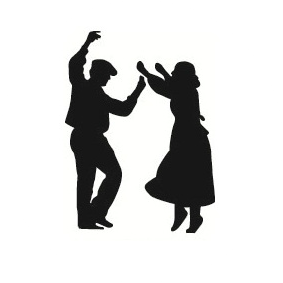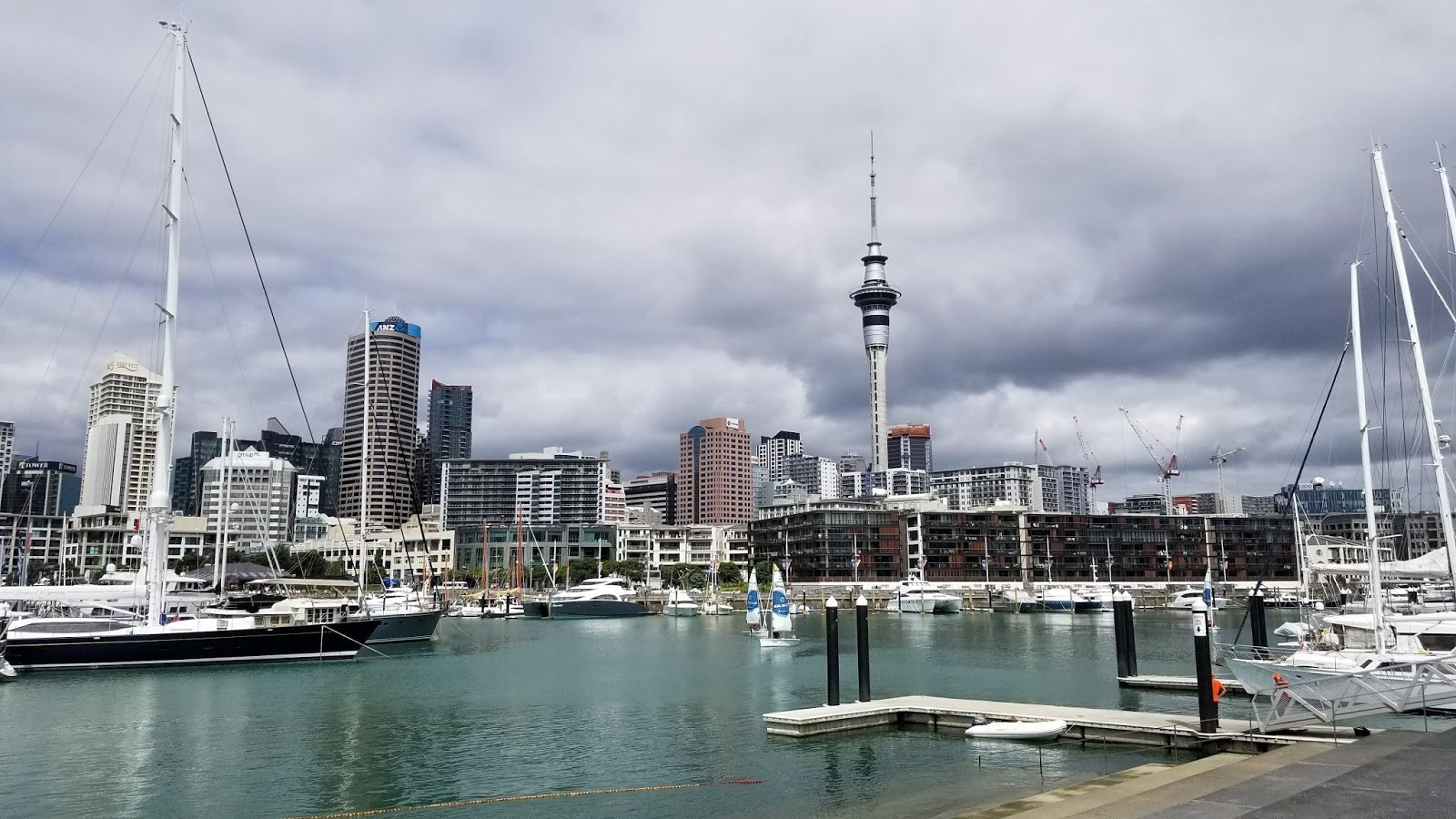I have this theory. Every time I have ever heard a Basque person sing, whether it be at a concert, on the radio, at a random bar in the middle of a tiny town, or my Amuma’s kitchen, the voice is always good. I don’t think there is a Basque person that cannot sing well in Euskara. I know that could probably be disproven but I think it’s true. I would also like to extend my theory to include the Maori, the indigenous people of New Zealand. The first time I heard someone sing in Maori here it instantly threw me back to the Oinkari Basque Country trip a few summers ago, as we sat with our friends Irrintzi in their txoko singing and laughing. However, I was actually in Queenstown in the South Island listening to our Maori instructor sing the song we were about to learn. I think I fell in love a bit that day, because it took me home to my own culture for a moment.
As a part of the Maori studies class I am taking here in Auckland, we participated in a Noho Marae weekend, which is an overnight cultural immersion. We took workshops, played games, ate so much delicious food, and soaked up the rich Polynesian history of the Maori people. There are some obvious differences between Basques and Maori, but there are more similarities than differences, which threw me for a loop if I’m being honest. We both strongly identify with our languages, family is everything, performing arts is one of the most important ways we pass along our cultures to the future, we never stop eating, and we turn to the land and water around us to inspire us. As we went through each workshop and meal, it felt just like being back in the Basque Center with my family and friends because the love and acceptance that radiated from our facilitators surrounded us. We became a part of a whānau (family), one that mirrors the way Basques have created their own communities and families in the U.S.
One of the most interesting things I learned during the Noho was about the marae, which is the traditional Maori meeting building. There are hundreds of marae throughout New Zealand, and they function quite similarly to a Basque club in the States. The marae serves as the general meeting place for everyone, and many events are hosted there, like weddings, funerals, parties, performances and more. Sound familiar? I cannot begin to count the number of times I have spent the day in the Basque Center in Boise for every possible kind of function. The marae also has a kitchen or dining room of some sort because food is a central piece of their community. Maori food is rich in flavor, and traditionally was cooked in hāngī, which is where baskets of food were placed underground and slowly cooked from the heat of the earth throughout the day. While Jesus might not be out in the alley digging up baskets of food he left cooking underground, food has always brought together our little community and we have our own unique dishes we love sharing with others.
Kapa haka (traditional performance arts) are also a key part of the core of Maori culture in New Zealand. Competitions are held nationally for the haka, the poi, singing, stick dances, and more. At our Noho, our facilitators (two graduate students from the Maori program at AUT) have both won national competitions, and man it was amazing to watch them demonstrate before we tried it out ourselves. The first song we learned was called “Pokarekare Ana” and this is the most famous love song amongst the Maori people. Apparently everyone knows this song, and if we ever found ourselves with some Maori and joined in on singing it, we would be instantly liked. I have yet to test that theory, but I look forward to it. It brought me back to the times the Oinkaris would be singing on the bus home from some random tiny town and everyone would know the words; no one cared about sounding perfect because it was more fun to just laugh about it. Or when Txin-txin and Chorizos serenaded us all around Euskadi. Both equally funny.
After “mastering” the song, we began learning another called “E Papā Waiari” and were also given short sticks to learn a stick performance to match the song. I kind of had a moment because the sticks were Lapurdiko sticks, so talk about a flashback. Of course, the dance was nothing like Lapurdiko but it was really fun and involved throwing the sticks at each other, generating a lot of laughing at first, but we eventually figured it out. Finally, we made it our last song, “Tutira Mai Nga Iwi,” and learned a dance to do while singing it. This song has special meaning to many Maori because it was written as a call to all Maori people and Kiwi people to join together and not fight anymore. It is a very happy and joyful song, asking for compassion, kindness, and unity; it was really a powerful story to listen to and reminded me of how the Ikastola in Boise has always worked to preserve Euskara in the younger generations to bring together our community. Plus, I loved being able to learn the dance because of my own long history with Basque dancing back home.
After a much needed break for afternoon tea and cookies, the girls split off from the boys and went to make and learn the poi while they learned the haka. For those unfamiliar with both of those, the poi is a little soft ball on a string that is twirled around; it was traditionally used by men to develop dexterity and strength in their wrists before battle, but since then has been adopted by women as a way to demonstrate grace and beauty. Oooooh, ahhhh. It sounds not as fun as the haka, which is not a “war dance” as it has been interpreted, but rather a way of marking one’s territory and calling upon one’s ancestors for strength and intimidation. Seems familiar when you compare the Oinkari boys trilogy dances with the girls’ sagar. HOWEVER, the poi, when done correctly and with many hours of training, is incredibly beautiful and crazy difficult. Our facilitators were definitely giggling as they watched us try and swing the poi properly while also singing. Performing was a blast, and watching the boys (and a few brave girls) demonstrate the haka was also amazing. Seeing everyone get really into the performance made it all the more special, and I loved seeing genuine smiles and pride in everyone’s faces. What a great experience.
I think that culture is often painted as starkly different when you cross a border, no matter where you may go. We are told that language is a barrier and food is risky. However, I’d like to think that underneath the surface, we are all a little bit the same. We are all a little too loud and little too quiet. We all need delicious food, long laughs, good music and song, many smiles, and maybe a few glasses of wine. Even though I find myself closer to the South Pole than my little home in Boise, I know that I have a community around me that will open its arms just as my Basque community does. While I’m away from my Basque whānau, my Maori one will keep me safe, warm, and well-fed. So if you have the chance to find yourself in a bar with some locals, whether it’s a txoko in Donosti or an Irish pub in Auckland, don’t be afraid to sing.
Aisea Odencrantz Lete
Oinkari BasqueDancer









